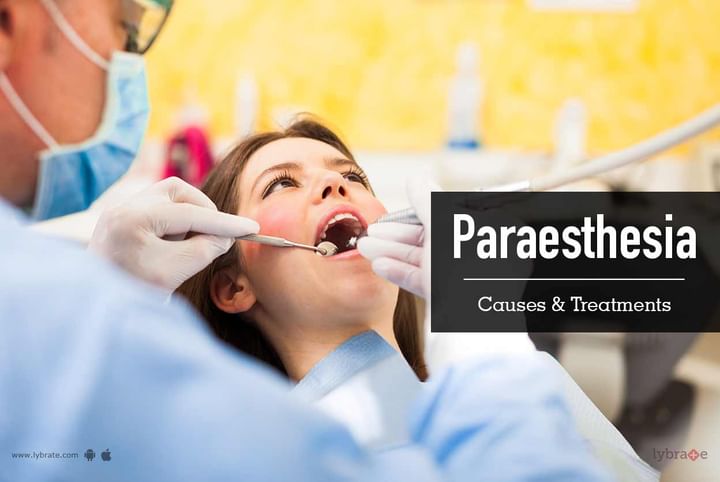Paraesthesia: Causes & Treatments
Often paraesthesia is caused due to the needle injury. When the dentist inserts the needle for a block, the patient might experience a sharp sensation on the tongue equivalent to that of an electric shock. This is known as paraesthesia and is defined as a change in the sensation or anesthesia that is persistent and the duration generally extends. This condition cannot be prevented and is a complication in some patients who undergo a dental treatment. Though it is commonly seen in the implant therapy, paraesthesia is more of a dental malpractice.
The feeling of the electric shock is felt when the needle comes in close contact with a nearby nerve. This is enough to develop paraesthesia. Severing of the nerves with a local anesthesia and small gauge needle is uncommon. The exact cause of paresthesia has not been ruled out, but it is believed that the block happens because of using 4% solutions of local anesthesias. In case a paresthesia occurs, then it usually gets resolved within some days, weeks or months, but if it lasts for more than 6-9 months, then it is considered to be permanent.
When the paraesthesia is due to a surgical trauma, then getting help from an oral and maxillofacial surgeon is recommended. They assess that if a surgical intervention can be used to fix the problem. In case the paraesthesia is due to the anesthesia given locally by the dentist, then he/she does the following:
- Patient Management: Reassurance of the patient is must as they get jittery about the situation. The dentist often speaks about the condition with the patient personally. The patient is made to understand how a paraesthesia might have occurred and how much time it would take to resolve. This is also recorded in the patient book so as to avoid any such incidents in the future.
- Examination of the patient: The dentist should discuss the whole phenomenon and procedure of how paraesthesia can take place. It is important to let the patient know that the condition subsides, but it might take some time. The extent and the degree of paraesthesia should be assessed and the findings should be noted in the examination records.
- Follow up with patient: It is the dentist's duty to keep a tab on the follow up with the patient. The patient should go for a re-checkup within 1 month of developing a paraesthesia and then again in 1-2 month intervals. The visits could be more and can last until the paraesthesia completely resolves. Improving signs and symptoms usually promise that the paraesthesia is getting better. If paraesthesia is still persistent, then help from an oral and maxillofacial surgeon should be taken for a surgical approach.



+1.svg)
